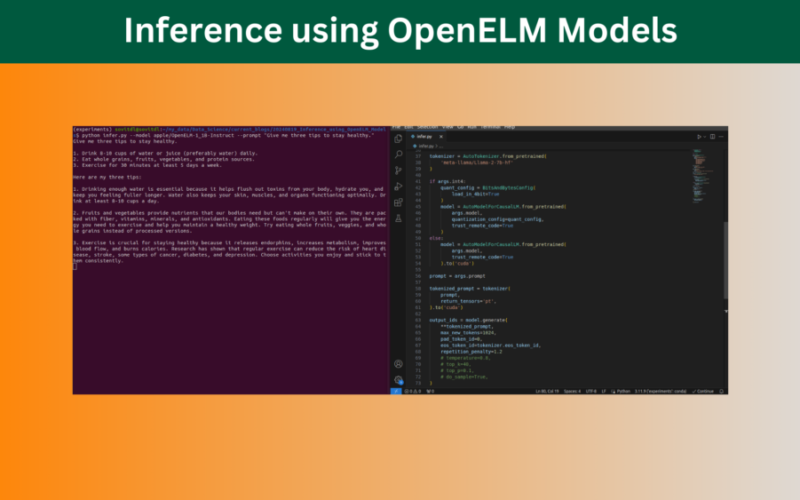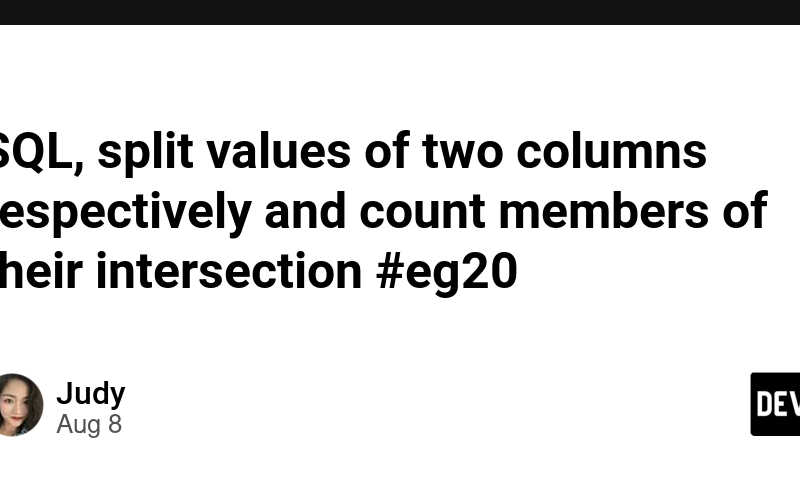29
Sep
Procedure in PLSQL In PL/SQL, a procedure is a subprogram that performs a specific task and can be called to execute its statements. Procedures can take parameters (inputs and outputs) and are typically used to encapsulate and organize code to perform a specific action, but they do not return values directly like functions. Here’s a basic overview of a procedure:Syntax: CREATE OR REPLACE PROCEDURE procedure_name ( parameter_name [IN | OUT | IN OUT] datatype ) IS -- Declaration section BEGIN -- Executable section -- Code to perform some action END procedure_name; Enter fullscreen mode Exit fullscreen mode IN: Used to…








